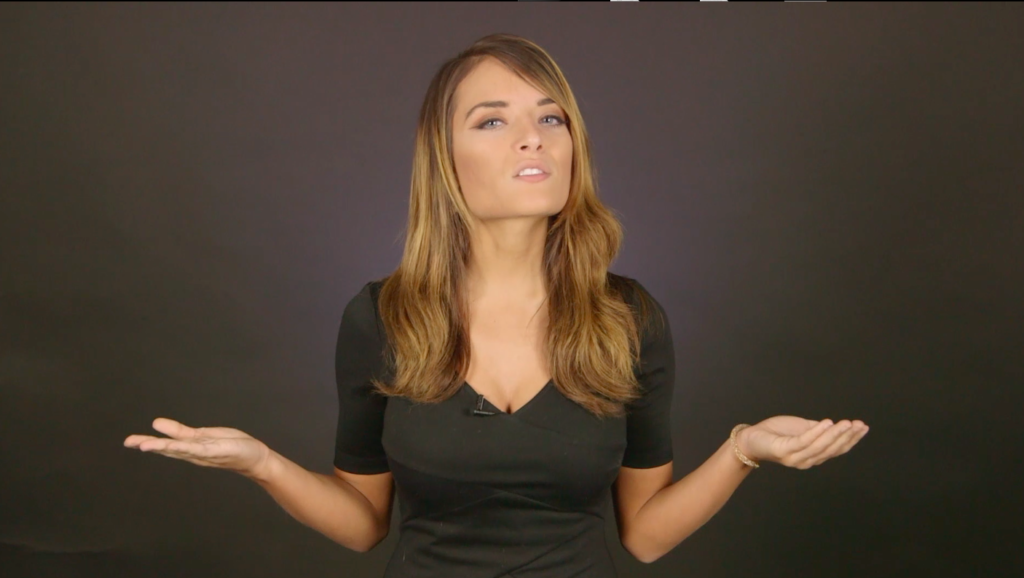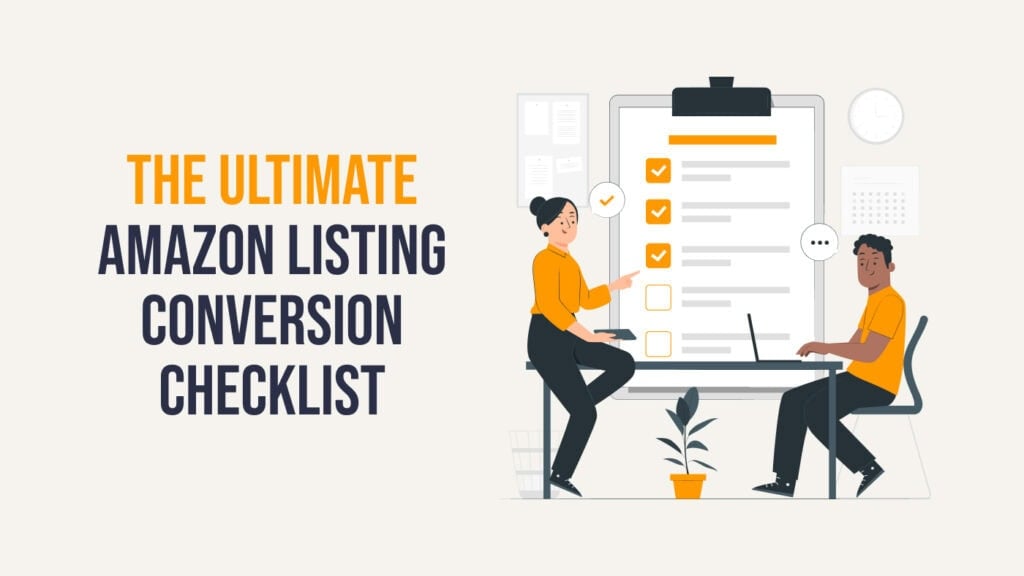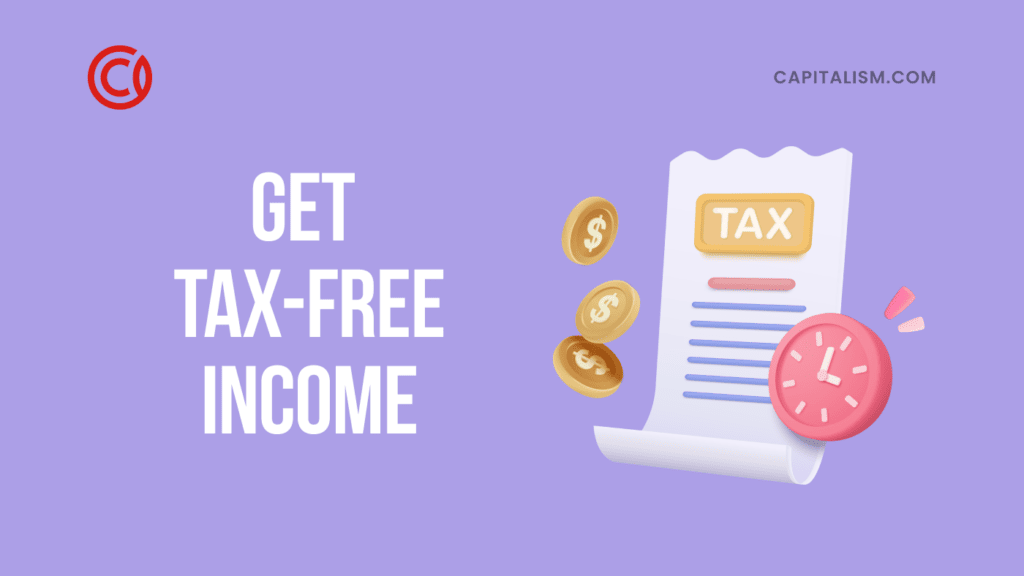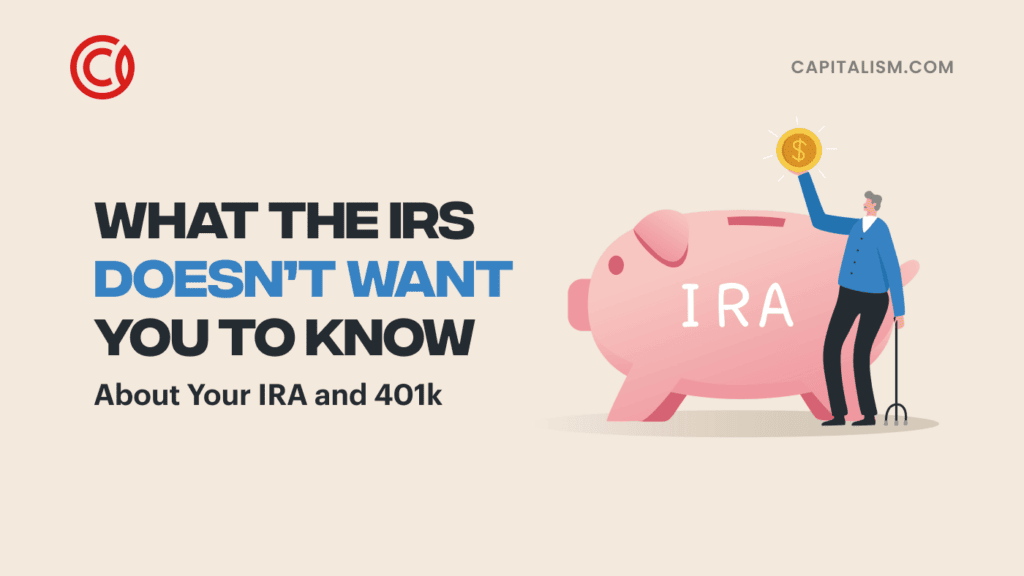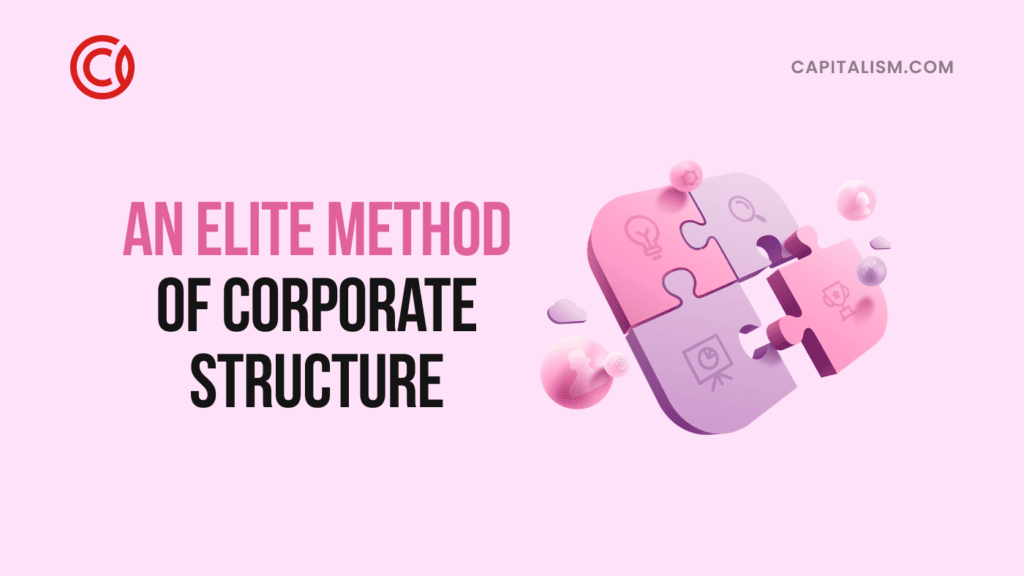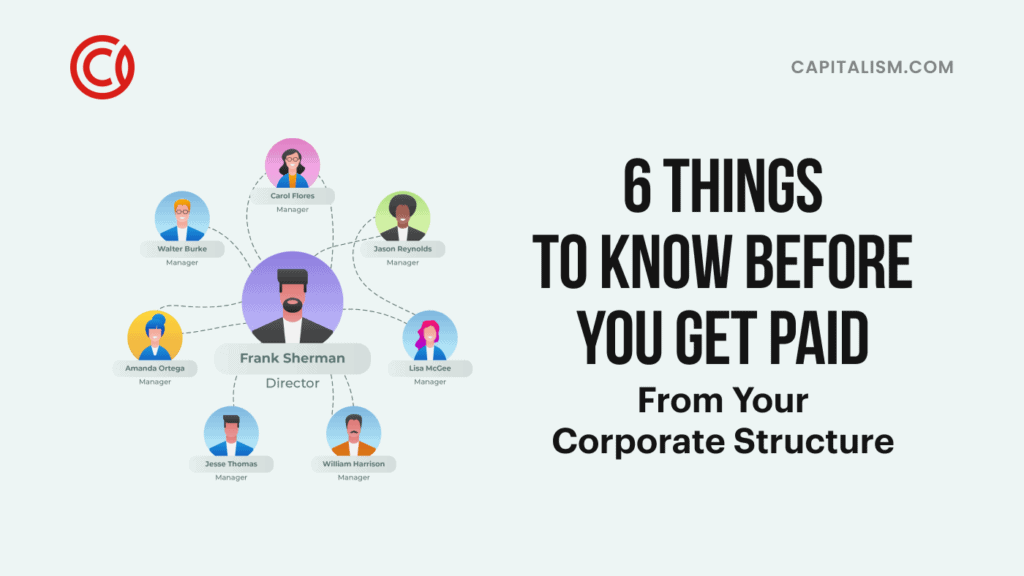As many public schools continue to fail our students, what can we do to improve education in our country for students from all walks of life?
Hi, I’m Kristin Tate of www.capitalism.com.wpengine.com, and I’m here to give you the truth about charter schools.
Many public schools – especially those in inner cities – continue to fail despite receiving increased federal funding each year. In Chicago, for example, 80 percent of 8th graders in the public school system aren’t proficient in basic math!
One big problem in our public schools is teachers’ unions, which make it nearly impossible to fire ineffective teachers. The end result is a lower quality education for the students.
If you live in a district with a bad public school, you only have a few alternatives: you can send your child to private school, which is typically very expensive; you can homeschool your child, but that’s just not an option for many working parents; or you can send your child to a charter school.
Charter schools are federally funded – so the students who go are able to attend for free – but they are privately run. The government and school district has no say in how charter schools operate.
The end result? Charter schools run similarly to a business. The bad teachers are held accountable, while the good ones are promoted quickly.
Charter schools are also allowed to experiment with new teaching methods. They tend to offer more creative classes like theater, dance, and art – the kinds of classes that can truly inspire a student, but are typically the first to get cut in public schools.
So far, charter schools have seen phenomenal success. Take what happened here in New York City last year: only 29 percent of students in the public schools passed the state reading tests. Meanwhile, 64 percent of students at Success Academy – a large charter school here in the city – passed the same tests. When it came to math, we saw similar results: only 35 percent of students in the public schools passed the math tests, compared to 94 percent of students at Success Academy.
And we’ve seen comparable results with others across the country.
Perhaps the most impressive part of charter schools is that they receive almost $4,000 less in federal funding per student than public schools do. There is no stronger proof that more money doesn’t always equal better education.
Unfortunately, the government has made it harder for charter schools to operate. Requests to start new charter schools are typically denied. And when the requests are granted, the government makes the startup process hard every step of the way.
Frankly, charter schools threaten the status quo.
Charter schools are critical and it’s important that they become a part of the political discussion in this country – both in the media and in D.C.
